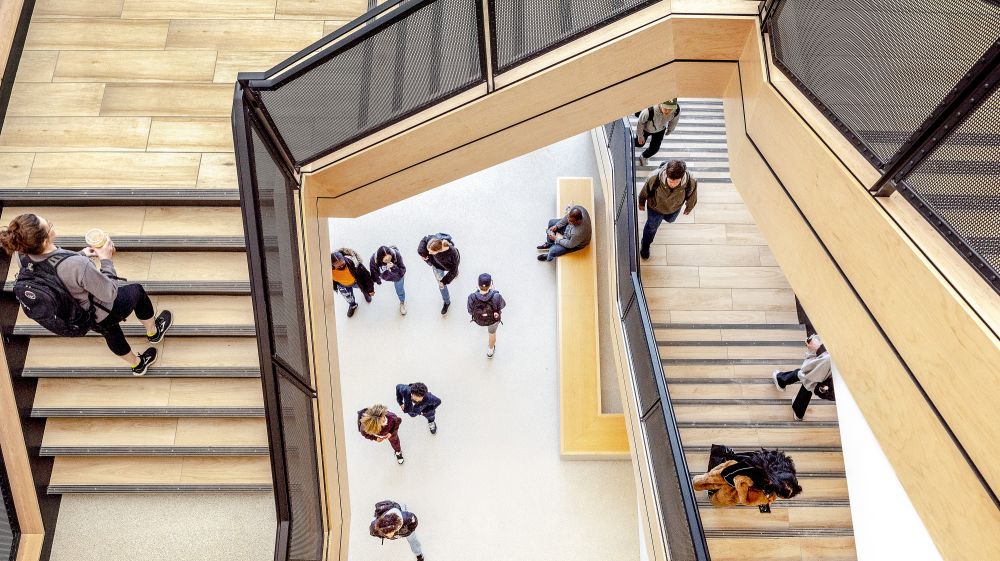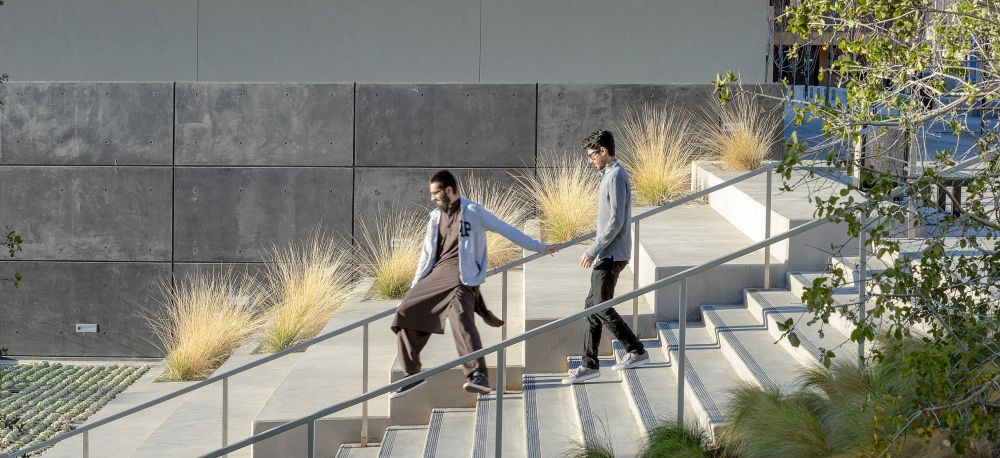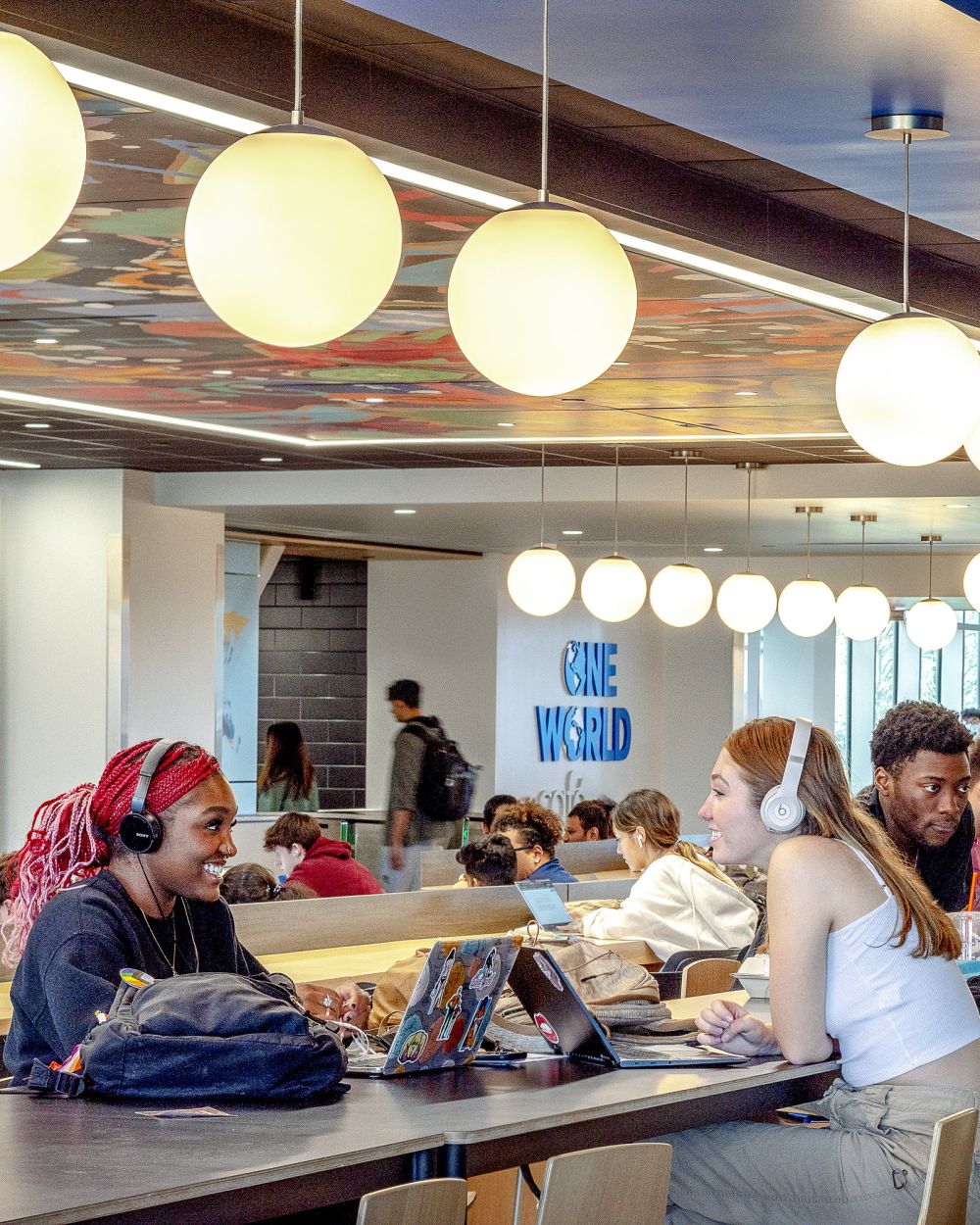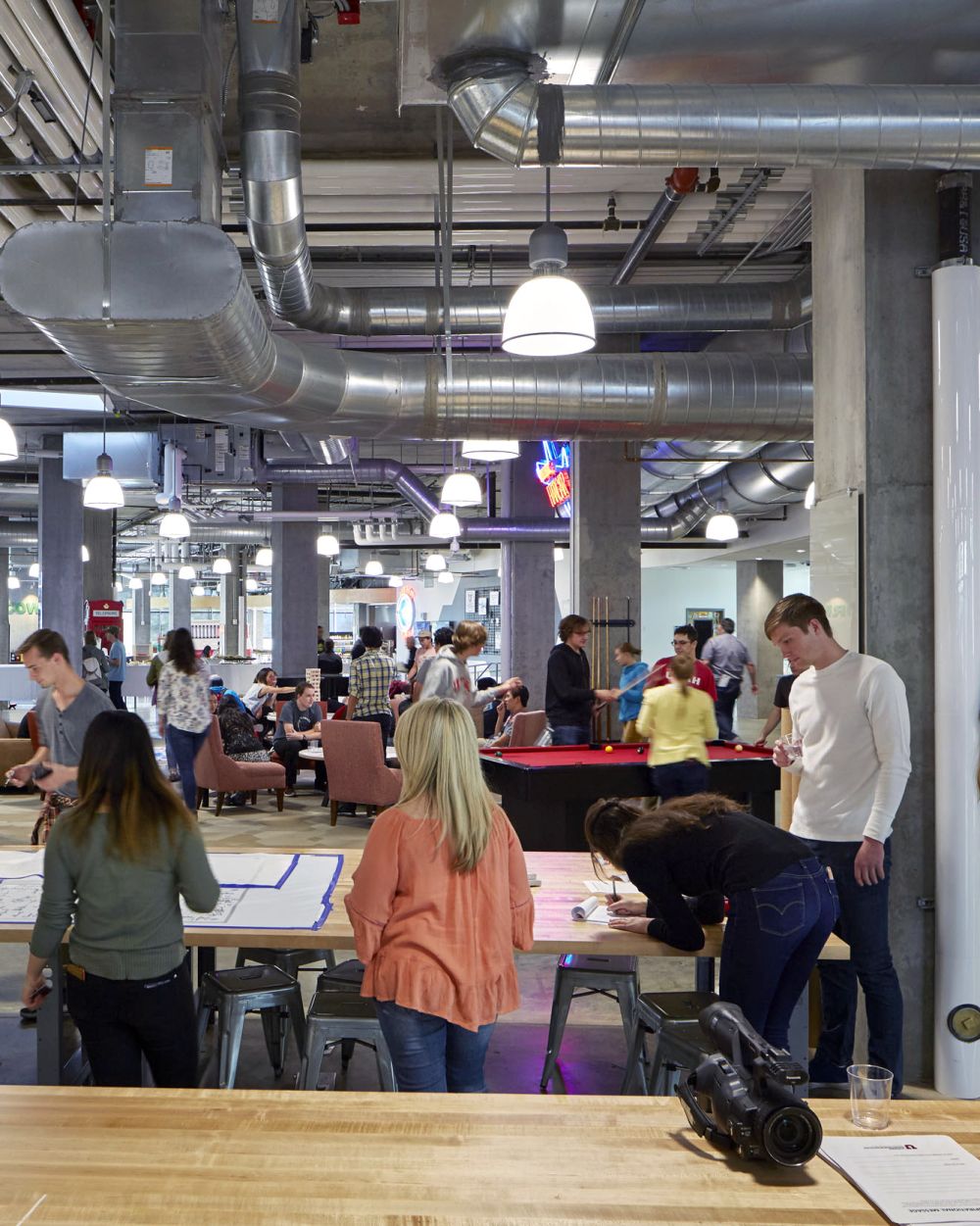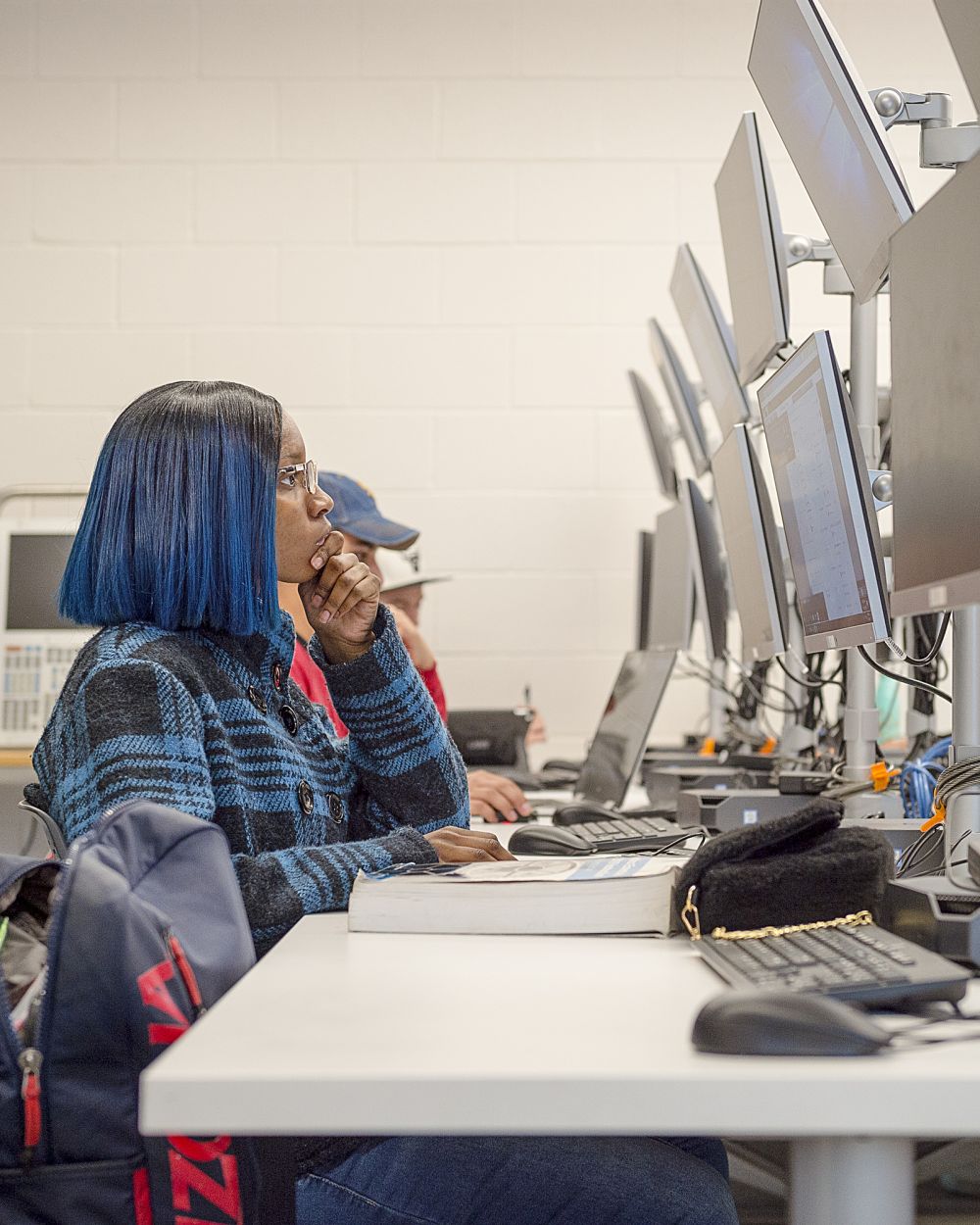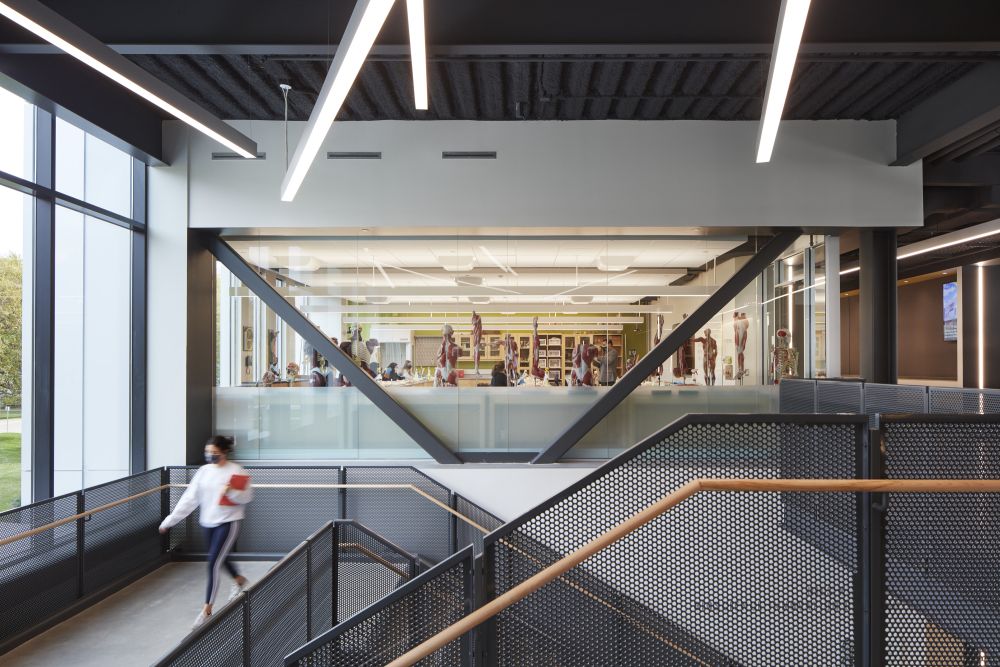How colleges and universities can reclaim their shine by centering the on-campus student experience
July 13, 2022
Social Sharing
As noted in a New America Survey on Higher Education, a growing number of students are emerging from the “stolen years” of the pandemic questioning the value of higher education. Over the past two years, current and prospective college students have endured the impact of campus closures, forcing them to transition to remote learning or choose a path that excludes higher education altogether.
Although the idea of pursuing a college degree began to lose charm among many prospective students and their families before the pandemic hit, institutions are now battling a new height of skepticism. School leaders are exploring ways to restore confidence not only in the value of a degree but also in the relevance of the on-campus student experience.
The reality is a college degree still pays off. According to the Bureau of Labor Statistics, American workers with bachelor’s degrees earn 67% more than workers with only a high school diploma. Post-secondary education is indeed valuable, and institutions have a leading role in drawing students back to campus.
As designers, that’s where we step in. We partner with college and university leaders to craft spaces and solutions that encourage matriculation and stimulate fruitful engagement among the broader campus community. Leveraging deep expertise and cross-market collaboration, our education practice leaders have envisioned the transformation of campus typologies that will help draw students back to class.
We asked a few of them to share their thoughts. Here’s what they said:
On supporting the whole student
— Patricia Bou, AIA
Students are much more savvy consumers than they were just a few years ago. There is no doubt the pandemic has further increased their awareness of stress-related impacts that require wrap-around support services, and students of today recognize this need in themselves. They balk at the stigma that was once attached to seeking assistance and, instead, will expect and avail themselves to support services on campus—a trend that shows no signs of decline. But many college and university campuses will need to improve access and operation of on-campus student support services to meet expectations.
Co-locating student support services in a “one-stop shop” model will become standard. This model offers the benefits of facilitating better access from the student perspective and streamlining backend operations from a staff perspective. In some cases, these services will be integrated with student unions and pulled to the edge of campus to create a portal that reinforces a student-focused mission. By magnifying their support of holistic well-being, institutions will show students (both physically and programmatically) that campus is a safe space—a space where they not only belong but can thrive.
On facilitating community
— Marisa Nemcik, AIA NCARB WELL AP
As widespread campus closures persisted during the pandemic, many students encountered the trauma of isolation. Remote learning drastically altered the campus community, leaving students dispersed and relegating their daily interactions with classmates and teachers to a computer screen. A sense of social connection and belonging was lost. A dynamic campus community is an invaluable element of the student experience that institutions hold the power to restore—but the effort must be intentional and extend across almost all campus buildings.
We have to identify and create “sticky spaces” on campus by repurposing areas in buildings to welcome the campus community in new ways. These spaces will become attractors that encourage spontaneous social interaction between students across majors, ages and backgrounds. If we carve out enclaves for gathering, recreation and respite in areas such as an intensive research building (where you don’t typically see them), these spaces can function as a catalyst in rebuilding a sense of community. When the physical environment welcomes and encourages students to engage with a variety of people, it can provide a gateway to connections, discoveries and ideas that positively influence their health and the trajectory of their future.
On maximizing career flexibility through interdisciplinary learning
— Punit Jain, AIA, LEED Fellow
The college experience is intended to equip students with skills to help them be successful in an ever-changing world. But how does this translate for a generation of students who learn differently and are less likely to follow direct career paths than their parents? College students of today have grown up on the internet and are used to accessing multiple streams of information with the click of a button. But there's an element of learning that can be difficult to achieve in front of a screen—exposure. The on-campus college experience offers a unique level of exposure to disciplines, people and holistic thinking that students need to be future changemakers, agnostic of career choice. Now is the time for colleges and universities to create more physical spaces that encourage learning across disciplines to maximize students’ long-term career flexibility.
Creating interdisciplinary environments is about leveraging flexible and modular design to expand learning through spontaneous engagement. For example, an academic building that houses multiple disciplines from humanities to medical sciences, collaboration zones and common areas where students and faculty easily cross paths creates an environment of layered exploration. It encourages comprehensive broad thinking and shared research methods that are less likely to arise if students are not physically on campus. This level of exposure is potentially invaluable, as it facilitates the development of varied skills and interests needed to adapt or pivot in the job market.
On driving equity through technology access
— Sumegha Shah, AIA, LEED AP BD+C
“The digital divide” was further exposed when students were forced to transition to remote learning during the pandemic. Stemming from students’ lack of internet access, a personal computer or funds to afford connectivity, institutions nationwide saw negative impacts on enrollment, learning outcomes and student motivation—especially among students from underrepresented backgrounds and low-income households.
The pandemic has also sped up digital transformation on campuses, shifting technology to the core of “the new normal” learning environment. In addition, emerging technologies such as augmented reality, virtual reality and artificial intelligence, and the changing global economy demand that people have at least basic digital skills to be employed, fully participate in society, and access essential resources. As institutions aim to draw students back to higher education, they can level the playing field by approaching technology planning as a critical solution architecture component.
It starts with viewing learning outcomes through a lens of inclusivity. Learning environments are shaped by intersecting identities, making it critical to create spaces where individual identities and experiences can be reflected throughout campus, including the academic experience. In health science simulated learning environments, for example, leveraging virtual reality avatars that can easily change genders and races allows students to better train to diagnose and treat patients of different racial and ethnic backgrounds—an approach that elevates the student experience and the advancement of equitable health care. By generating meaningful dialogue among campus stakeholders to inform integrated technology design, institutions can provide equitable access, improve learning outcomes, help eliminate bias and accelerate connectivity between individuals, society and industry.
